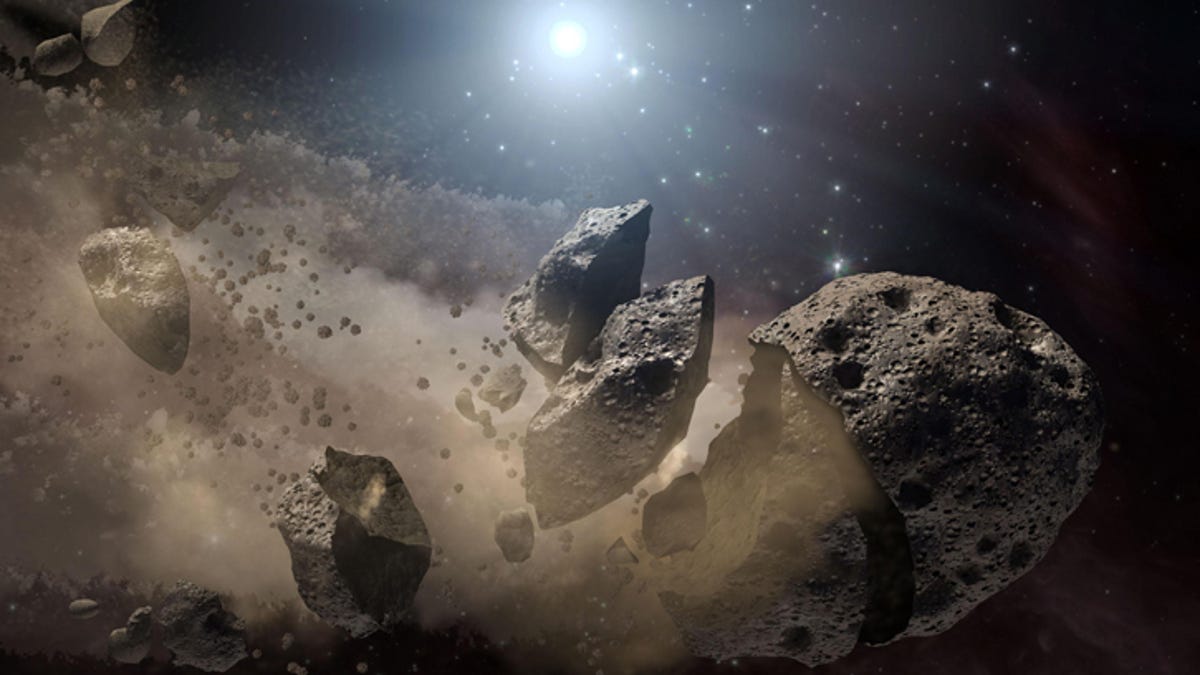Newly spotted wet asteroids point to far-flung Earth-like planets
In a distant solar system, water-soaked chunks of rock that contain two of the key elements of a habitable planet have been spotted for the first time.

For the first time, astronomers have observed the shattered remains of an asteroid that points to the potential for life in a dying solar system 150 light years away.
The findings, which used data from NASA's Hubble and FUSE telescopes, as well as from the Keck Observatory in Hawaii, were published this week in the journal Science and suggest that the huge amounts of water contained in the asteroid orbiting the exhausted white dwarf star GD 61 mean its planetary system could have contained Earth-like planets.
Astronomers at the Universities of Cambridge and Warwick say this is the first time water and a rocky surface -- two building blocks of a habitable planet -- have been found together outside our solar system.
Wet asteroids aren't just interesting because they show the presence of water in a solar system, but because they can actually act as the water-delivery system for a planet. For example, Earth was most likely a dry rock when it formed -- oceans would have come much later when water-rich asteroids crash-landed here, according to a release from the Keck Observatory.
Unfortunately, the potential planets in question around GD 61 may not be around much longer or may even already be gone, given the time and distance the star's light traveled to reach us and its advanced stage. But Cambridge astronomer Jay Farihi says nearby parent stars could still be burning strong, perhaps surrounded by more damp space rocks and even habitable planets.
"These water-rich building blocks, and the terrestrial planets they build, may in fact be common -- a system cannot create things as big as asteroids and avoid building planets, and GD 61 had the ingredients to deliver lots of water to their surfaces," Farihi said.
The scientists believe the observed water could have originated on a minor planet orbiting GD 61 before it became a white dwarf -- a dying white dwarf has an extreme gravitational pull that could have sucked in its planets, shredding them in the process. They say the data indicates that at one point the distant solar system could have looked much like our own, with a full complement of both terrestrial and gas giant planets.
Farihi describes it as a "look into our future." Six billion years from now, the wet rocky remains around our sun that alien astronomers will observe could actually be a chunk of what was once the Himalayas, or the Marianas Trench, or even Mount Rushmore. Now that would be an interesting discovery.

